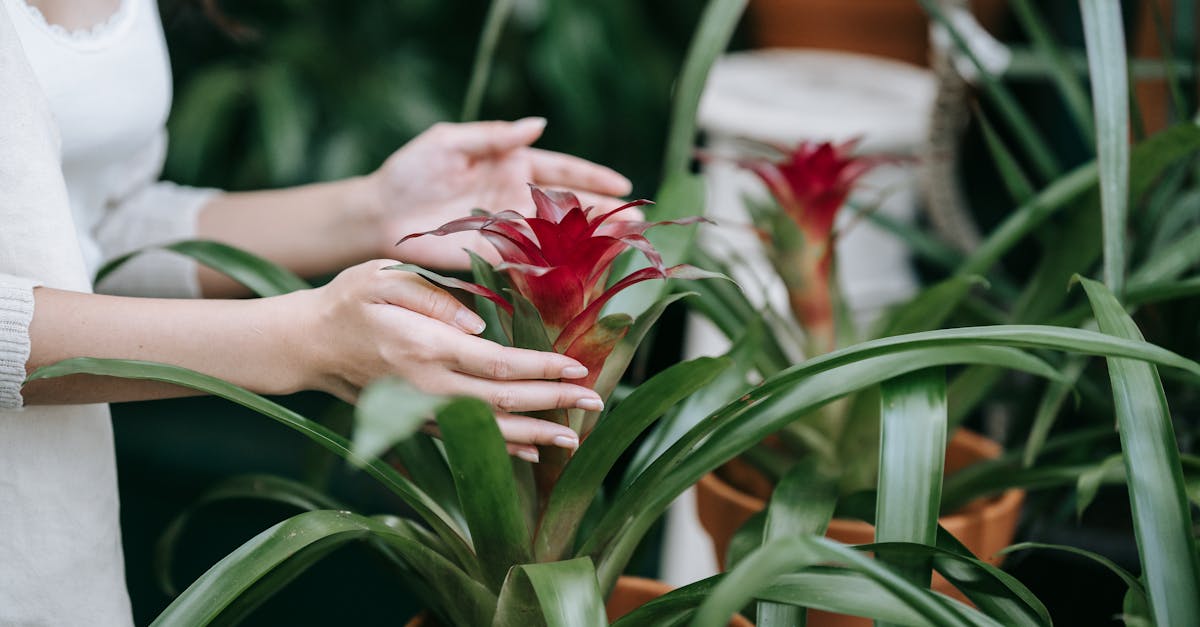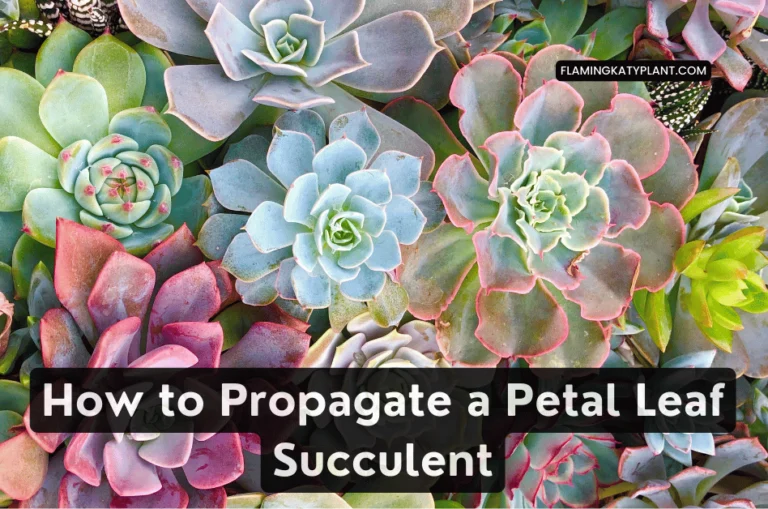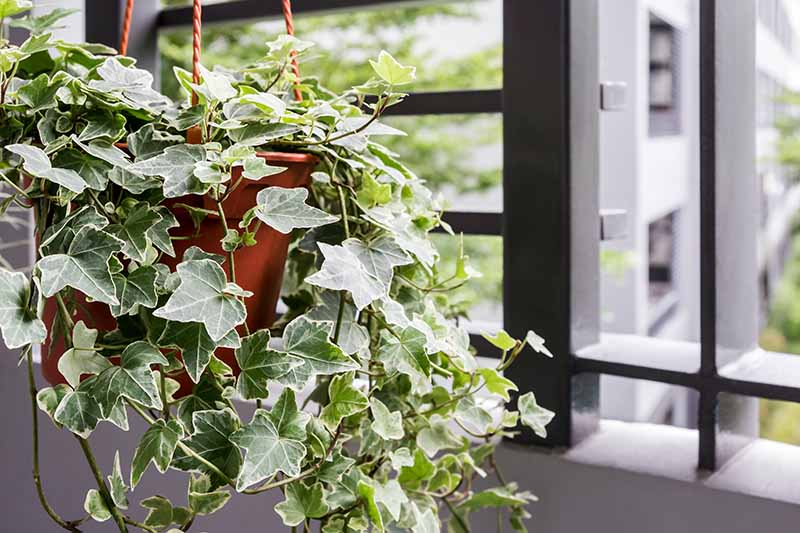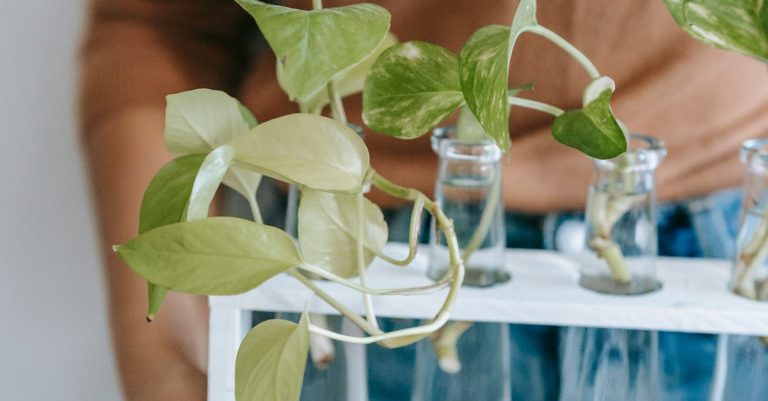How To Care For Bromeliad (Bromeliaceae)
Bromeliads, a type of flowering plant in the Bromeliaceae family, are known for their vibrant colors and unique shapes. These tropical beauties are native to South and Central America, with over 3,000 species that vary in size and appearance. Bromeliads are popular houseplants due to their easy care and ability to thrive in a variety of environments.
Caring for Bromeliads is relatively simple, making them a great choice for both experienced and novice gardeners. These plants require bright, indirect light and should be watered by filling the central cup of their rosette-shaped leaves. It is important to avoid getting water on the foliage, as this can lead to rot. Additionally, Bromeliads benefit from regular misting to provide the humidity they need to flourish.
One interesting fact about Bromeliads is that they are epiphytes, meaning they can grow on other plants without harming them. This unique adaptation allows Bromeliads to absorb water and nutrients through their leaves, making them ideal for adding a touch of exotic flair to any space. With proper care, Bromeliads can bloom for several months, adding a burst of color to your home or garden.
To encourage blooming, it is recommended to fertilize Bromeliads with a balanced, water-soluble fertilizer once a month during the growing season. As the plant matures, it may produce offsets, or “pups,” that can be removed and replanted to create new plants. This propagation method allows you to expand your Bromeliad collection and share these stunning plants with friends and family.
By following these simple care tips and incorporating Bromeliads into your indoor or outdoor garden, you can enjoy the beauty and versatility of these tropical plants year-round. Whether you are looking to brighten up your living space or add a touch of exotic charm to your garden, Bromeliads are sure to make a statement with their striking foliage and stunning blooms.

How to Care for a Bromeliad: A Detailed Guide
Bromeliads are stunning tropical plants known for their vibrant colors and unique appearance. They are relatively easy to care for and can thrive indoors with the right conditions. This guide will provide you with all the necessary information to keep your Bromeliad healthy and flourishing.
1. Light Requirements
Bromeliads thrive in bright, indirect light. Direct sunlight can scorch the leaves, so it’s best to place your Bromeliad near an east or west-facing window where it can receive filtered light. If the plant’s colors start to fade, it may be an indication that it’s not getting enough light.
2. Watering
Bromeliads have a unique watering requirement. They have a central cup, called a “tank,” formed by their rosette of leaves. Fill this cup with water and keep it filled, but be sure to change the water frequently to prevent it from becoming stagnant. Additionally, water the soil lightly, keeping it moist but not waterlogged. Reduce watering during the winter months when the plant’s growth slows.
3. Humidity
Bromeliads thrive in high humidity, typically around 50-70%. If your home is dry, especially during winter, consider using a humidifier or placing the plant on a tray with pebbles and water to increase humidity. Regular misting of the leaves can also help maintain moisture levels.
4. Temperature
Bromeliads prefer warm temperatures between 60-80°F (16-27°C). They can tolerate temperatures down to 50°F (10°C) but should be kept away from cold drafts or sudden temperature changes. Extreme temperatures can cause stress and damage the plant.

5. Soil and Potting
Bromeliads need a well-draining soil mix. A combination of orchid bark, peat, and perlite or a commercial bromeliad mix works well. Bromeliads don’t need to be repotted frequently; once every 2-3 years is sufficient. Ensure the pot has good drainage to prevent waterlogging.
6. Fertilizing
Feed your Bromeliad monthly during the growing season (spring and summer) with a balanced, water-soluble fertilizer diluted to half strength. Apply the fertilizer to the soil or as a foliar spray. Avoid fertilizing directly into the central cup, as it can lead to fertilizer burn. Reduce feeding during the fall and winter.
7. Pruning
Pruning is generally minimal for Bromeliads. Remove any dead or damaged leaves by cutting them at the base with clean, sharp scissors. Once the flower begins to fade, you can trim it off to encourage new growth. Bromeliads produce “pups” or offsets, which can be removed and repotted once they are about one-third the size of the mother plant.
8. Propagation
Bromeliads are typically propagated through their pups. After the mother plant flowers, it will eventually die, but not before producing pups. Wait until the pups are at least one-third the size of the mother plant before carefully separating them with a sharp knife. Plant the pups in a suitable soil mix and water them lightly. They will establish themselves over time and grow into mature plants.
9. Pest and Disease Management
Bromeliads are relatively pest-resistant, but they can occasionally be affected by pests such as mealybugs, scale, and spider mites. Inspect the plant regularly for signs of pests and treat infestations with insecticidal soap or neem oil. Ensure good air circulation and avoid overwatering to prevent fungal and bacterial diseases.
10. Special Care Tips
- Ventilation: Bromeliads benefit from good air circulation. Place them in a well-ventilated area to prevent mold and mildew.
- Water Quality: Use filtered, distilled, or rainwater for watering, as Bromeliads can be sensitive to the chemicals in tap water.
- Support: Some Bromeliads, especially those with tall flower spikes, may need support to keep them upright. Use a stake if necessary.

Conclusion
Bromeliads, with their vibrant flowers and striking foliage, can be a captivating addition to your indoor plant collection. By providing the right light, moisture, and environment, you can enjoy the beauty and unique structure of these tropical plants for years. Regular maintenance, including proper watering, fertilizing, and care for humidity, will ensure your Bromeliad remains healthy and vibrant. Whether you are an experienced gardener or a beginner, Bromeliads offer a rewarding and visually stunning plant care experience.



:max_bytes(150000):strip_icc():format(webp)/grow-fiddle-leaf-fig-indoors-1902756-hero-feca31e64e91430794e2bdcc9fa1e901.jpg)


